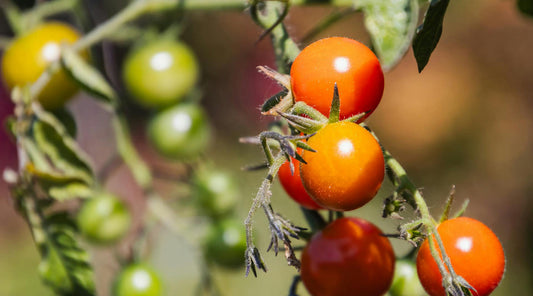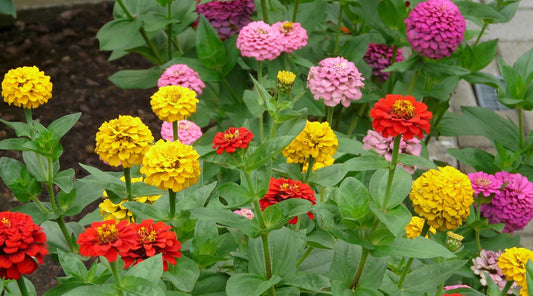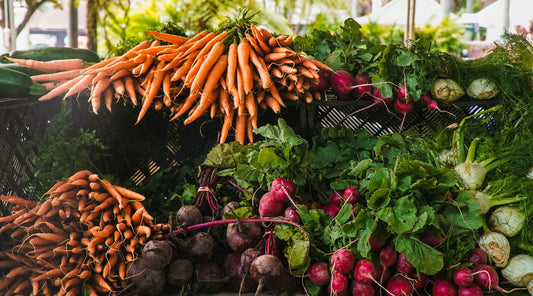Understanding Your Garden’s Water Needs
Every garden is unique, and understanding your plants' water requirements is the first step to effective irrigation. Different plants have varying water needs; for example, leafy greens like lettuce need more water than drought-tolerant herbs like rosemary.- Assessing Soil Moisture Levels: Check your soil's moisture by sticking your finger about an inch into the soil. If it feels dry at that depth, it’s time to water. Alternatively, use a soil moisture meter for more precise readings.
- Plant Grouping: Group plants with similar water needs together. This method, known as hydrozoning, ensures that each plant receives the appropriate amount of water without wastage.
Efficient Watering Techniques

- Best Times to Water: Watering early in the morning or late in the evening reduces evaporation, ensuring more water reaches the roots. Avoid watering during the peak heat of the day.
- Deep Watering vs. Shallow Watering: Deep watering encourages roots to grow deeper, making plants more drought-resistant. Water slowly and thoroughly to allow water to penetrate the soil deeply.
Choosing the Right Irrigation System

- Drip Irrigation: Delivers water directly to the soil at the base of plants, reducing evaporation and water wastage. Ideal for vegetable gardens and flower beds.
- Sprinkler Systems: Suitable for larger areas like lawns. Choose sprinklers with adjustable settings to control the water flow and coverage area.
- Soaker Hoses: Lay flat on the ground and slowly release water along their length. Perfect for garden rows and raised beds.
- Portable Sprinklers: Easy to move around, portable sprinklers are great for flexible watering. Adjust the spray pattern to match your garden’s layout.
DIY Irrigation Solutions

- DIY Drip Irrigation: Create a simple drip system using a garden hose and emitters. Poke small holes in the hose where you want to water and attach emitters to control the flow.
- Recycled Bottle Watering: Use old plastic bottles to make slow-release watering systems. Fill the bottles with water, poke small holes in the cap, and bury them neck down near plant roots.
- Soaker Hose Setup: Make a soaker hose by piercing small holes along the length of an old garden hose. Lay it flat around your plants and connect it to a water source.
Maintaining Your Irrigation System
Regular maintenance ensures your irrigation system runs smoothly throughout the season. Here’s what you need to do:- Routine Checks: Inspect hoses, sprinklers, and drip lines for leaks, clogs, and damage. Replace or repair any faulty parts immediately.
- Cleaning Emitters: Drip irrigation emitters can get clogged with mineral deposits. Soak them in vinegar or use a small needle to clear blockages.
- Sprinkler Adjustments: Ensure your sprinklers are spraying evenly and not wasting water on sidewalks or driveways. Adjust the nozzles as needed for optimal coverage.
Water Conservation Tips
Conserving water not only benefits the environment but also reduces your utility bills. Here are some effective strategies:- Mulching: Applying a layer of mulch around plants helps retain soil moisture and reduce evaporation. Organic mulch like straw, wood chips, or compost works best.
- Rain Barrels: Collect rainwater from your roof in barrels and use it to water your garden. This free water source is ideal for periods of drought.
- Smart Controllers: Invest in a smart irrigation controller that adjusts watering schedules based on weather conditions, soil moisture, and plant needs.
Conclusion
Proper irrigation is the key to a thriving garden, especially during the hot summer months. By understanding your garden’s water needs, using efficient watering techniques, choosing the right irrigation system, and performing regular maintenance, you can keep your plants healthy and vibrant. Don't forget to explore DIY solutions and adopt water conservation practices to make your gardening efforts even more sustainable. So, gear up, water wisely, and enjoy a lush, green garden all summer long!






